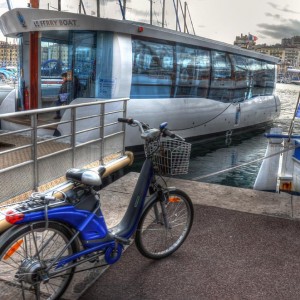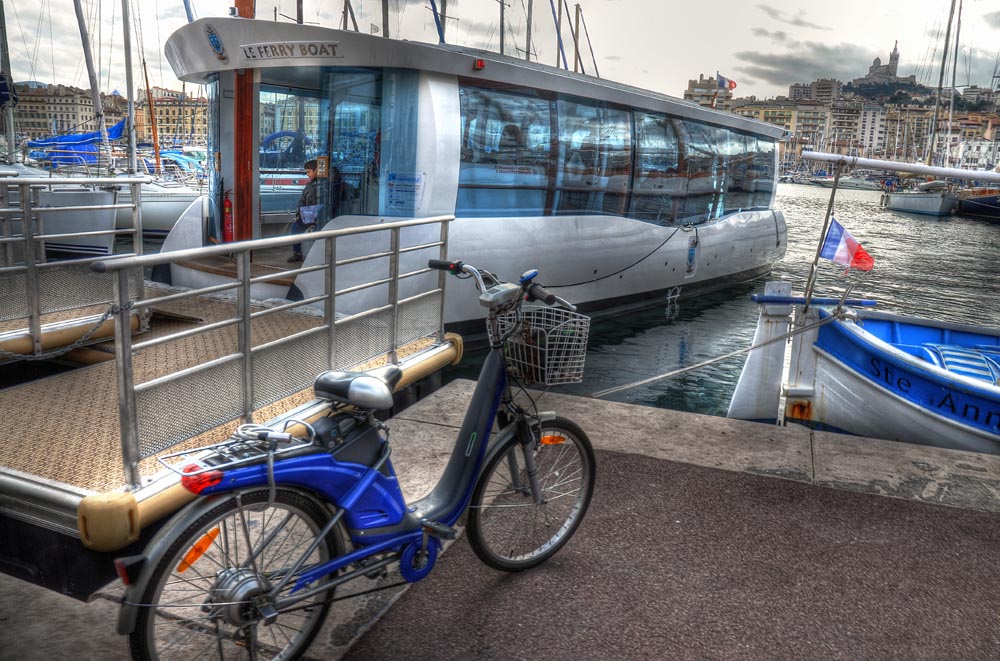Norway has has become the first country in the world to enjoy an Electric Ferry. The technological development has sees the world’s first electrical ferry launched commercially.
The car is powered by batteries which consume about 150 kWh per trip. This is the equivalent of three days of electricity consumption in an average household in Norway.
Siemens has built this ferry in collaboration with shipbuilder Fjellstrand. The electric company has also installed all electric propulsion systems in the ferry.
It has installed charging stations equipped with lithium-ion batteries, which are charged with hydro power, making it a step up from previous hybrid models seen in Singapore.
Electric Ferry half the cost of petrol counterparts
By shifting to battery power ship owner Norled, is able to cut its fuel consumption by up to 60 per cent.
The Electric Ferry is the beginning of the company’s goal to operate all vessels completely emission-free along the coastline of Norway. There are another 50 ferry routes capable of sustaining battery operated water vessels.
While being a leader in renewable energy progress, Norway’s relatively weak power grid is what made Norled and Siemens agree to equip the ferry with three battery packs – a lithium-ion battery on board, and one similar battery installed on each pier to serve as buffers for extra power.
While the ferry waits on the pier, the 260-kWh-batteries on the piers supply electricity. Later, the batteries start to regain all the energy they need from the grid up to the time the ferry comes back to deliver passengers and recharge.
When the ferry is docked at night, the on board batteries are directly recharged using grid electricity. One battery pack is equivalent to the capacity of about 1,600 conventional car batteries.
Innovative solutions for a sustainable future
Annually, the electric ferry will consume approximately two million kWh of electricity. In comparison to a traditional ferry which typically consumes around one million litres of diesel fuel per year. Diesel powered ferries also emit around 15 metric tons of nitrogen oxides as well as 570 tons of carbon dioxide, where the electrical ferry has low carbon emissions.
“We are proud to operate the world’s first electric ferry. Siemens has been a great partner in finding innovative and sustainable solutions for the environment,” says Sigvald Breivik, Technical director of Norled.
Siemens has installed its own electric propulsion system called Blue Drive PlusC on board the ferry. The unit comes with an energy management system, a steering and battery system, an integrated alarm system, and thruster control for the propellers.
Mario Azar, CEO of Siemen’s Business Unit Oil & Gas and Marine, said that they are both hopeful and excited with the ferry’s technology and how it will encourage the development of more environmentally friendly maritime technology.
The electric ferry, unlike electric cars, was built from the ground up. It is approximately 20 meters wide and 80 meters long. Its main propulsion comes from two electric motors, with each motor capable of supplying at least 450 kilowatts of electric power.

